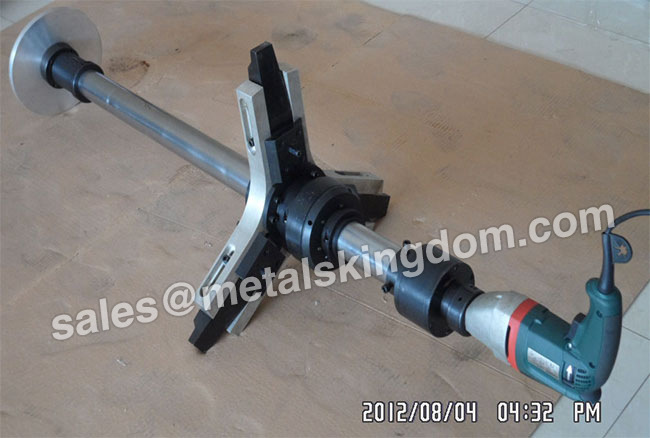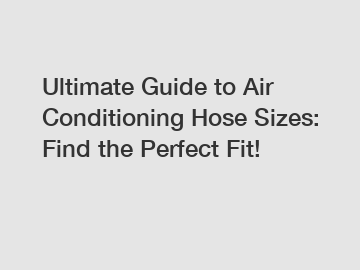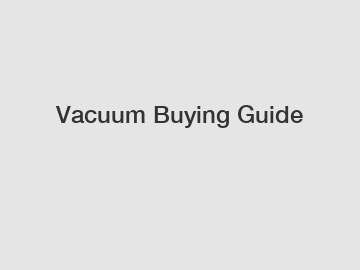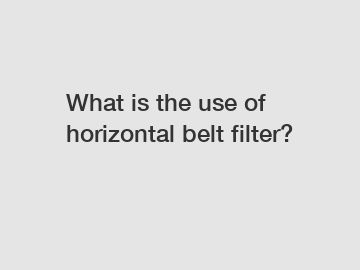What is valve grinding and how it is done?
Car tips and tricks, information
Valve grinding is the process of ensuring that the intake and exhaust valves in an engine's cylinders fit perfectly in their seats. Grinding is usually done after an engine overhaul or when replacing an old valve with a new one.
Overlap valves provide maximum sealing in the combustion chamber, ensuring proper engine operation and its technical characteristics, high levels of compression and engine efficiency.
If the valve is not lapped, then some energy from the combustion gases will be lost and it will not provide enough power to the engine.
Some modern cars are equipped with an automatic control system responsible for the valve shape. It just grinds the valves, so there is no need to grind them manually.
Valve grinding can be done without going to an auto shop, however, it does require some mechanical skills and if you are not that person, then you should go to a mechanic.
The process requires tools such as abrasive paste, a device to remove the valve and other tools that we will discuss further in this article.
What tools are needed for valve grinding?
Before this process, the cylinder head must be removed, so you will also need a tool for removing the cylinder head. To do this, you can use a regular screwdriver or padlock key, but you will also need a torque wrench to put the cylinder head back in place, as you will need to tighten the cylinder head bolts and can use a torque wrench.
For valve grinding, you will need the following items.
An electric drill or power screwdriver. Since the grinding is done in two rotational directions, you can use a drill that can rotate in both directions or an electric screwdriver that does the same thing
A paste for grinding valves. You can buy this paste ready-made from auto stores. If you have some skills, you can make this composition yourself.
Manual valve seat. You can find this tool when you buy a special paste for valve grinding, they are usually sold together or you can buy them separately.
Hose and spring. The spring must have low stiffness and be 2 or 3 mm larger in diameter than the valve stem diameter. The same goes for the hose, so it can be placed on the stem. You can also use small clips to hold it in place. You will also need a short metal rod of similar diameter to the piston rod to fit it into the rubber hose.
Kerosene. It needs to be checked for grinding and cleaning.
A dry cloth. Wipe the treated surface.
Solvent. Clean the working surface
How is valve grinding done?
Basically, there are two ways to perform valve grinding. One method is manual grinding, which requires some skill, and the second method is the so-called "mechanical" grinding, where you can use a drill or an electric screwdriver to do the grinding, which we will discuss later.
Whichever method you choose, the first step you need to take is to remove the cylinder head, and then you should remove the valve from the cylinder head. After that, you will need to clean the carbon build-up on the valves.
To do this, it is best to use special cleaners as well as abrasive surfaces to properly remove grease and grime from the surface.

Market demand for HDPE pipes
Neoprene vs. Natural Rubber
What is the difference between recycled and post-consumer recycled?
Laser Cutting Protective Film: Unveiling the Shield for Precision
What is a skived sheet?
Top 10 Tips for Buying Etched PTFE Sheets?
How much does CNC machining cost?
Using a drill bit to lap the valves
Grinding the valves with a drill is the best option to save time and effort.
Take a prepared metal rod and put a rubber hose of the same diameter on it. To fix it better, you can use a clamp.
Attach to the metal rod in a drill or power screwdriver chuck.
Put a spring on the stem and mount it on the seat
Pull the valve out of the cylinder head and apply the abrasive paste to the perimeter of its plate
Insert the valve stem into the rubber hose and if necessary, use a clamp of the same diameter to better secure it.
Use the drill at low speed and start grinding the valve in the seat by moving the drill back and forth, where the installed spring will help. Afterward, move the drill in reverse until abrasive bands appear on the valve body.
After grinding, it is best to wipe the paste residue from the valve with a solvent. The paste should be removed not only from the valve plate but also from the valve seat. Do not swap valves, as each valve is ground separately.
Most modern engines do not require valve grinding because they are made of aluminum and the risk of valve replacement is higher if engine parts are damaged.
How to check valve grinding?
After grinding the valves, the most reliable way to know if they are properly ground is to check the passage of the gas through the valves under load. To do this, it is necessary to turn the cylinder head upside down so that the valve bore is on top and the collector bore is on the side.
Next, a small amount of fuel is added to the valve outlet port. Using an air compressor, add some air to the intake manifold and exhaust manifold openings. If the grinding has been successfully completed, there should be no air bubbles forming from below the valves, even though they are under the pressure of compressed air.
If you see bubbles coming from under the valves, this means there is no seal and the grind is not correct.
The above method is very effective and can be used on any engine.
Conclusion
Valve grinding can be done without going to an auto shop, but only if you have some skills and the necessary tools. If you are in doubt and don't think this is the right thing to do, then don't do it.
Looking for valve grinding machines, valve pressure test benches, and pipe cutters? The Metal Kingdom is waiting to establish a business relationship with you. Our portable grinding equipment, valve pressure test plates, pipe beveling and grooving tools are high quality!
What is the use of rubber hose?
Is HDPE Pipe the Future of Gas Distribution?
Top 7 Benefits of R1/1SN Hose Product
Are Fabric-Braided Hoses the Future of Plumbing?
Everything You Need to Know About SAE 100R1 Hose Specifications
Are OEM Two Fiber Braid Hydraulic Hoses overrated?
The Ultimate Guide to Corrugated Suction Hose: Everything You Need to Know
Related Articles









Comments
0